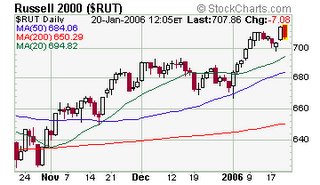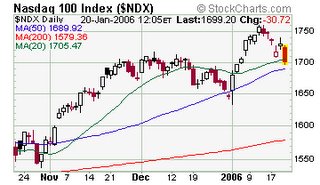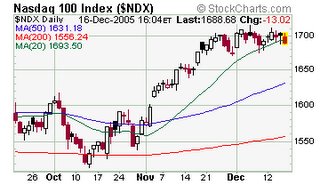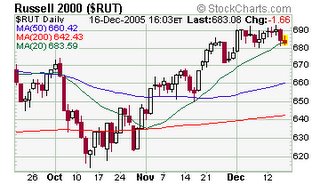Rally Might Commence End of Next Week, But Secular Bear Market Has Resumed
All the liquidity generated by Japan did not find its way back into Japan because Japan was (and still is, and still will be in the foreseeable future) running a trade surplus. Instead the printed money found its way into the world, and ultimately into the hands of the big hedge funds who used it to plow into speculative assets like emerging market equities and spread products, in the biggest carry trade the world has ever seen.
The US Fed's monetary easing led to the housing bubble which helped in a great way to bail the economy out from the fallout of the tech/internet bubble and ingnite a good sized economic recovery. US liquidity managed to find its way back into the domestic market, quite unlike the case for Japan, because the US was (and still is, and still will be for the forseeable future) running a large (humongous?) trade deficit and consequently is the prime beneficiary of mercentalist currency sterilization by foreign central banks.
But with the Fed forced to tighten into an economic slowdown (much as it does not wish to) and Japan having ended is QE policy and is looking set to end is ZIRP policy, the stage of set for the mother of all liquidity cycles to morph into the mother of all liquidity contractions.
The incessant inflation talk, synchonous rate hikes by central banks around the world, and the recent violent reaction of global equities and spread products to the downside is only the first step in what will be an ongoing and increasing volatile process known as MEAN REVERSION.
My take therefore is that the secular bear market in equities that began in early 2000 and which was interrupted by a counter-trend rally from 2003 to early 2006 has resumed in full force.
_____________________
"In the short run the market is a voting machine, but in the long run it is a weighing machine."
--- Ben Graham
"Risk does not arise from price changes, but from miscalculation of intrinsic value."
--- Warren Buffet
Send instant messages to your online friends http://asia.messenger.yahoo.com















